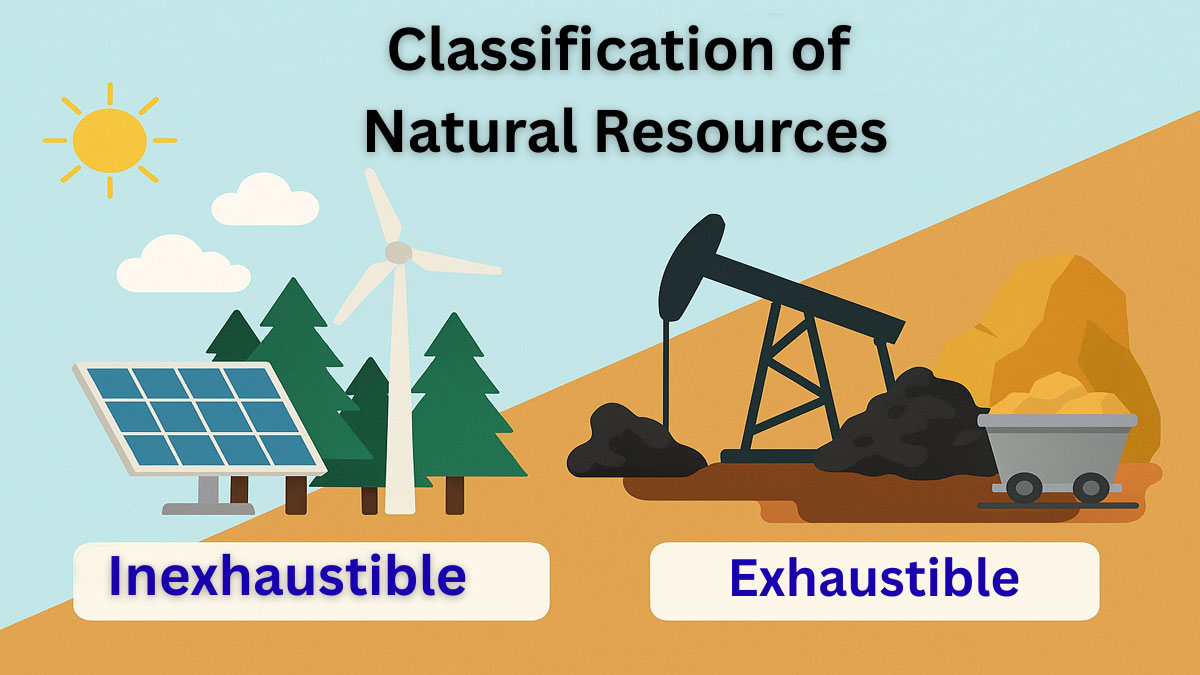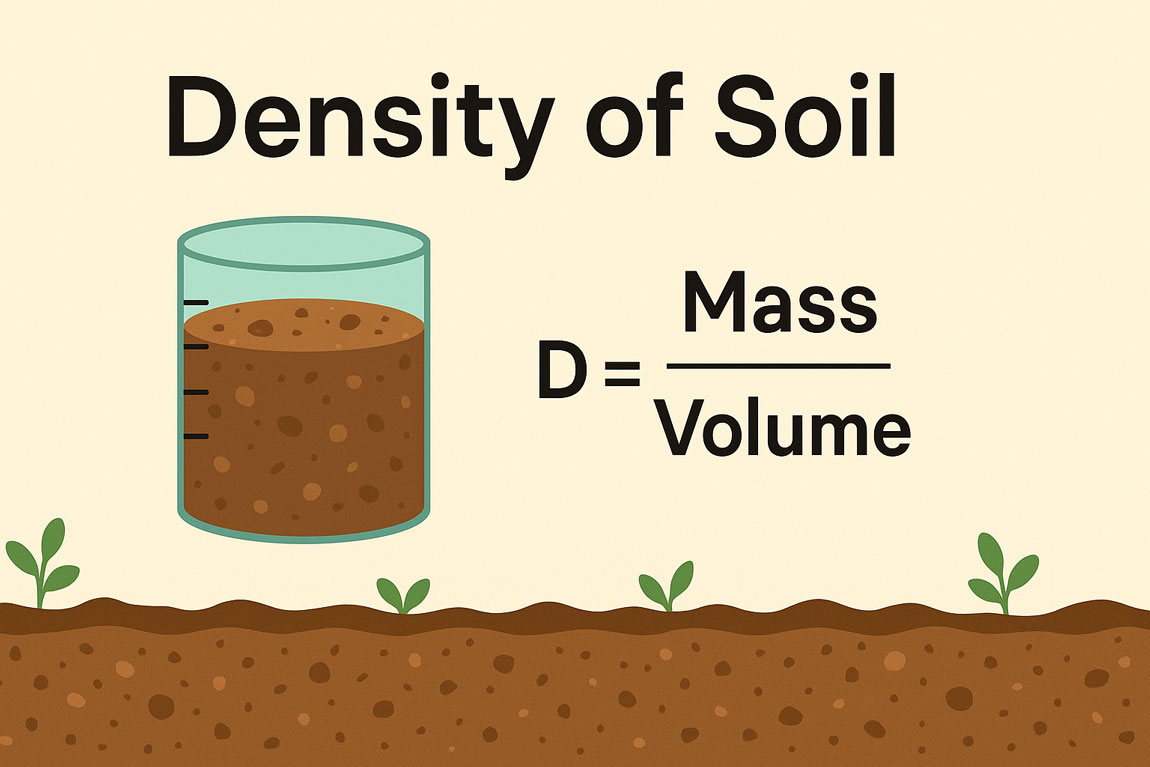Structural geology is a branch of geology that deals with the structural deformation, causes, and distribution of these structural features with geography. Structural geology deals with fold, fault, unconformity, cleavage, schistosity, lineation. And their causes, force, and pressure acting behind them.
Structural geology is closely related to other branches of geology and Earth science, such as Stratigraphy, Geomorphology, paleontology, Economic geology, Geochronology, volcanology, petrology, mineralogy, geophysics, engineering geology, and so on.
Stratigraphy and structural geology
Stratigraphy is a branch of science that deals with the succession of rock layers. It describes which rock strata formed earlier and which is of recent age, whether the rock layer was deformed or not, the relative ages of these rock strata, and so on. Thus, stratigraphy is related to structural geology to describe these deformations.
Geomorphology and structural geology
Geomorphology is a branch of science that deals with the study of geomorphic features, landforms, their description, and interpretation. To know the features, we must know the geography, the deformation, and the causes of these features. So structural geology evolves here as a must.
Paleontology and structural geology
Paleontology deals with the fossils, their formation, geographical distribution, relative and absolute ages, and causes of fossilization.
There are many causes of fossilization. Index fossils can tell us the exact time duration when the organisms were evolved and ended. It also tells us about the climate condition of that time.
Economic geology and structural geology
Economic geology deals with economically valuable minerals and rocks. It deals with the geographical distribution of economically valuable minerals and compares these with their extraction cost and market values. It deals with whether the mineral is an ore or not or can extract minerals at a profit.
Geochronology and structural geology
Geochronology deals with the relative and absolute ages of rocks, minerals, and fossils. Absolute geochronology can be accomplished through radioactive isotopes, whereas relative geochronology is provided by tools such as paleomagnetism and stable isotope ratios. The rock ages give information on what geological events the rock may have gone through.
Volcanology and structural geology
Volcanology deals with volcanoes, their formation, and their causes. Volcanoes are the primary source of igneous rocks. With volcanism, many hazardous situations come. The mitigations are studied here. How volcanic rocks are formed is a concern.
Petrology and structural geology
Petrology is the study of rocks. It includes petrography, a systematic way of studying rocks. There are three types of rocks:- igneous rock, sedimentary rock, and metamorphic rock. How they are formed is a concern.
Mineralogy and structural geology
Volcanology deals with volcanoes, their formation, and their causes. Volcanoes are the primary source of igneous rocks. With volcanism, many hazardous situations come. The mitigations are studied here. How volcanic rocks are formed is a concern.






